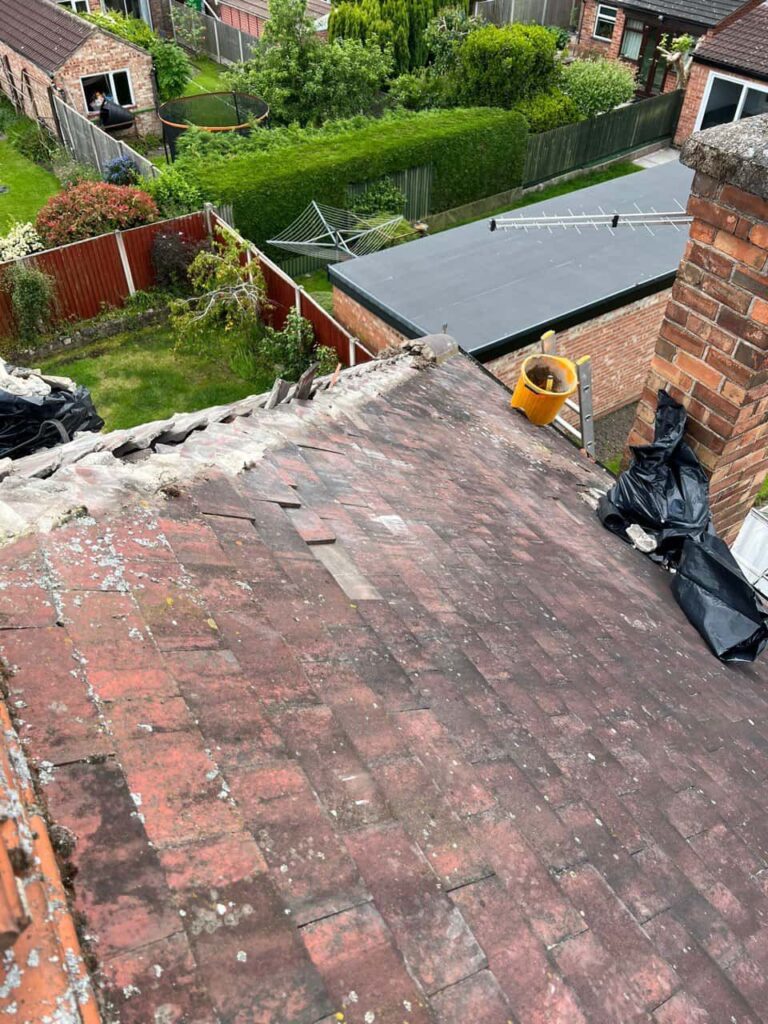Introduction: Flat roofs are common in commercial and residential buildings, offering practicality and modern aesthetics. However, they are susceptible to various issues such as leaks, ponding water, and UV degradation. Liquid-applied roofing systems offer a versatile and cost-effective solution for protecting flat roofs and extending their lifespan. In this blog post, presented by Worksop Roofing Repairs, we’ll explore the benefits of liquid-applied roofing systems for flat roofs and why they are an excellent choice for property owners.
Seamless Waterproofing:
- One of the primary benefits of liquid-applied roofing systems is their ability to provide seamless waterproofing for flat roof surfaces. Unlike traditional roofing materials that rely on seams and joints, liquid-applied systems create a continuous, monolithic membrane that effectively seals out water and prevents leaks. This seamless waterproofing eliminates common points of failure and enhances the long-term durability of the roof.
Flexibility and Crack Bridging:
- Liquid-applied roofing systems exhibit excellent flexibility and crack-bridging capabilities, allowing them to accommodate structural movement and substrate expansion and contraction. This flexibility is particularly beneficial for flat roofs prone to temperature fluctuations and thermal cycling. Liquid-applied membranes can stretch and contract with the underlying substrate, minimising the risk of cracks and ensuring superior performance in all weather conditions.
Lightweight and Low Profile:
- Liquid-applied roofing systems are lightweight and low profile, making them an ideal choice for retrofitting flat roofs without adding weight or height. Unlike traditional roofing materials such as asphalt or concrete, which can be bulky and cumbersome, liquid-applied membranes form a thin, seamless layer that seamlessly conforms to the contours of the roof surface. This lightweight design minimises structural stress and simplifies installation, resulting in cost savings and reduced labour requirements.
Excellent Adhesion and Bond Strength:
- Liquid-applied roofing systems adhere tightly to the substrate, forming a strong bond that withstands wind uplift forces and prevents membrane detachment. This strong adhesion ensures long-term stability and performance, even in extreme weather conditions. Additionally, liquid-applied membranes can be applied to various flat roof substrates, including concrete, metal, and single-ply membranes, providing versatility and compatibility with different roofing materials.
Reflective and Energy-Efficient:
- Many liquid-applied roofing systems feature reflective properties that help to reduce solar heat absorption and lower rooftop temperatures. By reflecting sunlight away from the roof surface, these coatings can significantly reduce cooling loads and energy consumption, resulting in lower utility bills and a more comfortable indoor environment. Additionally, liquid-applied membranes can be tinted or pigmented to enhance reflectivity and customise the aesthetic appearance of the roof.
Conclusion: Liquid-applied roofing systems offer numerous benefits for flat roofs, including seamless waterproofing, flexibility, lightweight design, excellent adhesion, and energy efficiency. Whether you’re repairing an existing flat roof or installing a new one, liquid-applied membranes provide a cost-effective and reliable solution for protecting your property and extending the lifespan of your roof.
Call us on: 01909 498 198
Click here to find out more about Worksop Roofing Repairs
Click here to complete our contact form and see how we can help with your roofing needs.

